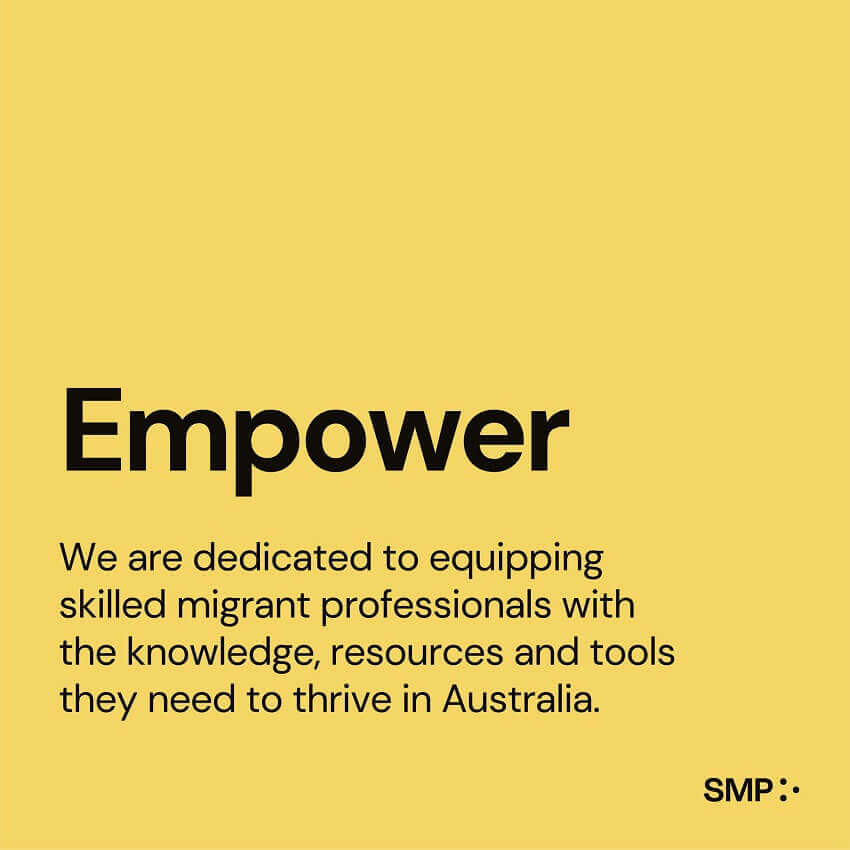In this era of evolving financial landscapes, kids are exposed to diverse trends that past generations never encountered. From credit cards to modern expenses like smartphones and digital games, today’s youth grapple with myriad financial challenges.
Parents and educators hold the power to mould financially savvy children by imparting essential lessons about savings, spending, and giving. The ages of 7 to 14 are crucial for instilling these values, as kids are forming habits that will impact their adulthood. Here are five effective strategies to foster financial responsibility in the younger generation.
1. Valuing every penny
Teach kids the importance of valuing money. Create a “found money” jar in the home, encouraging them to collect spare change discovered in couches, car seats, and under carpets. At the end of each month, use the accumulated funds to buy a desired toy or enjoy a special outing. This practice not only discourages impulsive spending on trivial items but also demonstrates how savings can lead to more meaningful rewards.
2. Cultivating minimalism
Guide kids to declutter their possessions. Encourage them to donate old toys and clothes to those in need. This practice teaches them the significance of owning only what they truly require and highlights the joy of helping others. Additionally, it fosters an understanding that a clutter-free life can lead to a clearer financial mindset.
3. Embracing second-hand purchases
Build on the concept of decluttering by advocating for second-hand purchases. Teach kids to explore thrift stores or online marketplaces for buying pre-owned items like video games, books, and bicycles. This practice not only promotes eco-consciousness but also emphasises the value of functionality over the allure of brand-new items.
4. Introducing young saver accounts
Initiate financial literacy early by introducing kids to savings accounts. Help them set up a designated portion of their allowance or pocket money to be saved each month. As they witness their savings grow over time, this practice instils the habit of saving for future goals. The gradual increase in their savings balance serves as an empowering incentive.
5. Learning through real-life experiences
Empower kids by involving them in managing real expenses. Assign them tasks such as planning and organising small gatherings, allocating a set budget. This hands-on approach offers practical lessons in budgeting, decision-making, and resource allocation, contributing to their overall financial acumen.
By implementing these five principles, parents and educators can effectively teach kids about the nuances of money management. Equipping them with these fundamental financial skills during their formative years prepares them for a financially responsible adulthood, ensuring they are well-prepared to navigate the complexities of the modern financial landscape.











